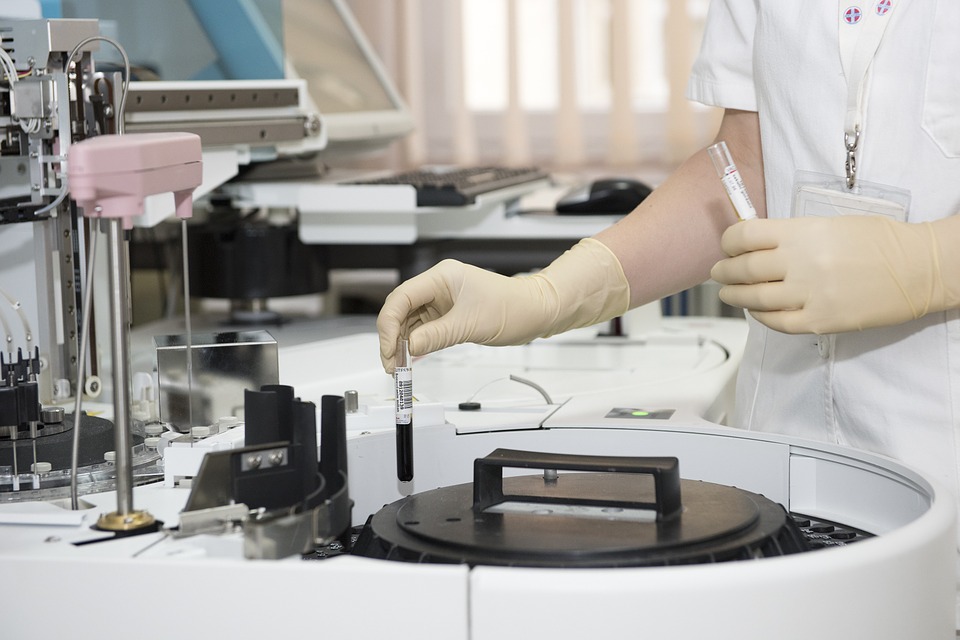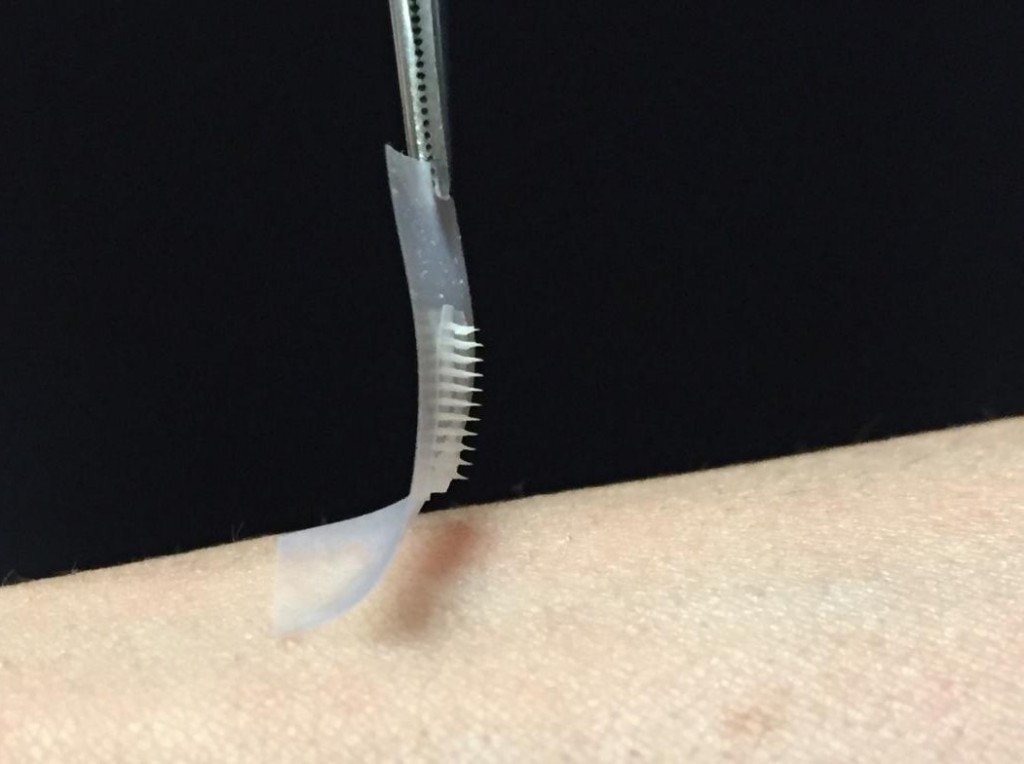Newswise, November 2006 - In spite of its many advantages, there are many challenges to using an insulin pump to treat type 1 diabetes. Despite these challenges, however, more and more youngsters are choosing pump therapy, even though important questions remain about the pump's effectiveness for this age group: With all its risks and demands, is it a method of treatment that children and teens can maintain? What causes adolescents to go off of pump therapy and how often does this occur? Is it possible to identify those youth unable to meet the demands of pump therapy and to find interventions that will help them succeed?
Now, in the first long-term investigation conducted among pediatric patients who chose to go on pump therapy (rather than using it as part of a clinical trial), a new study in the November issue of Diabetes Care by researchers in the Pediatric, Adolescent, and Young Adult Section at Joslin Diabetes Center, is providing answers. Following a group of 161 children and adolescents, ages 4-21, for an average of four years, the researchers have shown that with proper training and follow-up, for the great majority of patients--more than 80 percent of the children in this study--insulin pump therapy provides a lasting and effective mode of treatment. They also identified several factors that put patients at risk for failure in adapting to pump use.
"More than 130 patients were able to use the pump effectively," says senior author, Lori Laffel, M.D., M.P.H., Chief of Joslin's Pediatric, Adolescent and Young Adult Section, an Investigator in the Genetics and Epidemiology Section and Associate Professor of Pediatrics at Harvard Medical School. "By looking at differences between the patients who remained on pump therapy and those who returned to injected insulin, we were able to identify factors present even at the start of pump therapy that were predictive of failure. For example, patients who resumed injection therapy checked their blood glucose levels less often from the start. Healthcare providers can use this information to provide more education, more psychosocial support, and more frequent visits directed at increasing blood glucose monitoring from the start of pump therapy to help kids to succeed."
"The fact that such a high percentage of patients succeeded proves that pump therapy is a viable mode of treatment for children and teens with type 1 diabetes," says the paper's lead author, Jamie Wood, M.D., Staff Physician and Research Associate at Joslin and Instructor of Pediatrics at Harvard Medical School. "Our job now is to overcome the barriers to pump therapy, so more patients can benefit from its advantages."
Starting on an insulin pump requires considerable training. Before beginning pump therapy, patients in the study and their families met with their healthcare team that included a pediatric endocrinologist, a nurse educator and a registered dietitian. The team taught them the mechanics of using and maintaining the pump, how to count carbohydrates, calibrate their insulin requirements and treat risks associated with pump therapy, such as site infections, diabetic ketoacidosis and hypoglycemia (low blood glucose levels). A mental health clinician also met with the children and their families to ensure they were ready to meet any challenges and to help them set up realistic expectations for ongoing diabetes management with the pump.
Continue Reading Below ↓↓↓
At three points during the study--the clinical visit just before starting on the pump, one year after initiation, and then at the study's close in January 2005--researchers gathered data on A1C levels (a measurement that indicates the average blood glucose over the past 2 to 3 months), rate of daily blood glucose monitoring and growth parameters (height, weight and body-mass index). These data also were monitored at the time of discontinuation for patients who stopped using the pump.
Examining the data associated with success and failure, the researchers observed several significant differences between the two groups of patients, one of which was present at the initiation of pump therapy. "We found that patients who were successful measured their blood glucose levels four or more times a day before they began pump therapy, while those who discontinued pump therapy measured them less," says Dr. Wood.
They also discovered that the patients who stayed on the pump had achieved better glycemic control than the patients who discontinued pump therapy. After the first year on pump therapy, the A1C levels of the group that succeeded dropped significantly. Although these levels subsequently rose to near the levels they were at the start of pump therapy, the group still was able to avoid the deterioration of blood glucose control that happens frequently among adolescents. Caused by such factors as increases in growth and puberty hormones, or the declining adherence to good health practices that occurs as they become more independent from their parents, deteriorating glucose control puts youth at greater risk for developing serious complications later in life. The youth in the group that succeeded also experienced decreased rates of hypoglycemia with pump therapy.
The patients who later resumed injection therapy, however, experienced rising blood glucose levels while they were on the pump. Furthermore, while the rate of severe hypoglycemia before beginning pump therapy was similar between the two groups, in the year following the start of pump therapy the patients who discontinued pump therapy experienced a significantly higher rate of severe hypoglycemic episodes.
"Our research suggests several approaches for improving success rates with pump therapy," says Dr. Wood. "When you evaluate if a person is ready to begin pump therapy, and you can see he or she is monitoring blood glucose levels only two or three times a day, you can suggest that the patient take some extra time to increase monitoring frequency before starting the pump. Or if you have a patient who doesn't show improvement in glycemic control in the first six months of pump therapy, you can try to find out what is interfering with success and help overcome any barriers. Our goal is not to determine which patients should be denied pump therapy, but to make it possible for more people to succeed with this remarkable tool."
Also participating in the study were Britta M. Svoren, M.D., Deborah A. Butler, M.S.W., L.I.C.S.W., and Lisa K. Volkening of Joslin, and Elaine C. Moreland, M.D., previously at Joslin and now at the University of Alabama and Children's Hospital, in Birmingham. The study was funded in part by the Katherine Adler Astrove Youth Education Fund, the Maria Griffin Drury Pediatric Endowment Fund and grants from the National Institutes of Health.
Source: Joslin Diabetes Center











